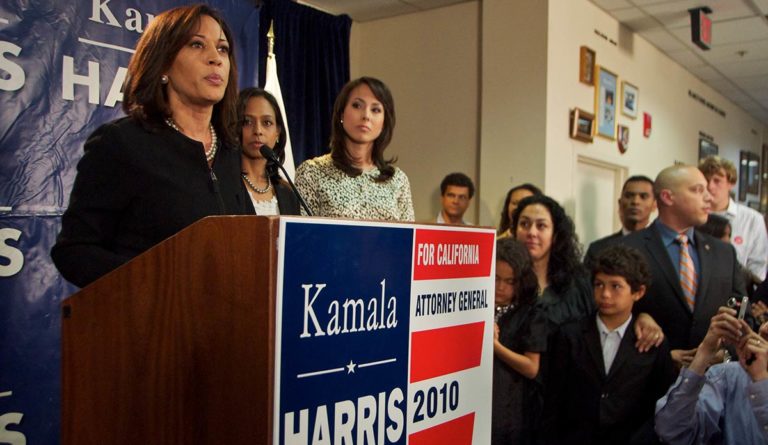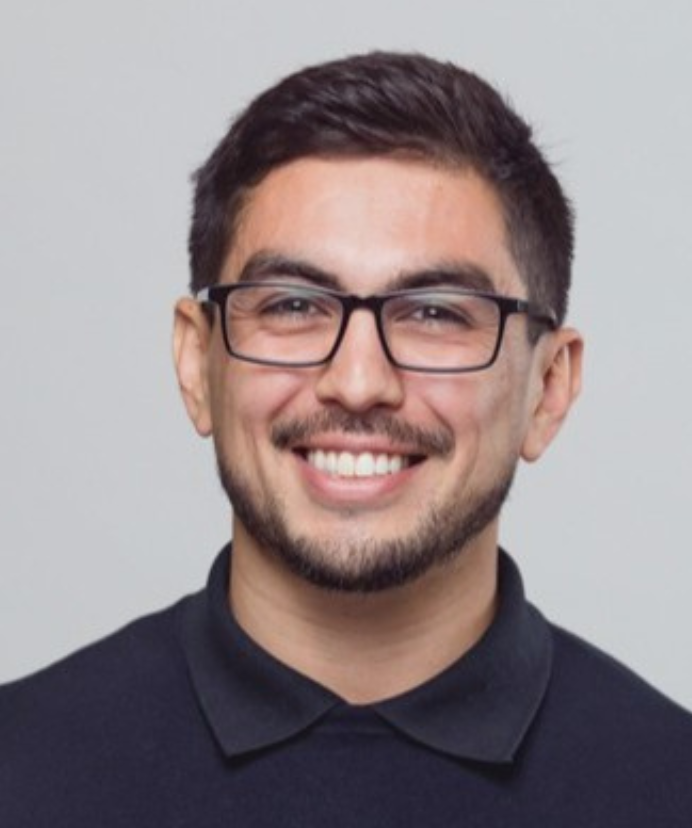The Power Gap
The dramatic under-representation of women serving in elected office at the city, state, federal, and global levels has important implications for public health.

Read Time: 3 minutes
Published:
Plenty of equal opportunity clauses are written into legislation and are found in international charters, but a pervasive and persistent cultural problem remains: women are largely kept out of positions of power.
The dramatic under-representation of women serving in elected office at the city, state, federal, and global levels has important implications for public health. Senator from New York Kirsten Gillibrand recently said, “Just literally having 51 percent of women in Congress representing the diversity of our country: you would have different issues raised, different solutions being offered…” The disparity is particularly alarming at a time when the fate of Planned Parenthood funding is unclear, equal pay and non-discrimination legislation is stuck in gridlock, and healthcare legislation is being written by almost exclusively white men.
The map below shows that West Coast and Northeastern legislatures have much higher percentages of women than the middle and south of the country. But only three states, Arizona, Colorado, and Vermont, have higher than 35% representation.

A Public Health Imperative
Public health prides itself on addressing structural systems to prevent or mitigate detrimental health effects. Gender inequities in health and healthcare are a major systemic issue that public health tries to rein in. Those same dynamics are at play as it pertains to representation; political inequity must be a part of public health’s mandate.
That being said, equal representation will require persistence and determination to break through culturally ingrained misogyny and patriarchy. As civil rights icon Angela Davis said, “…these changes never take place overnight.” The role for men in this is to stand in solidarity. We must take a back seat and amplify the voices that we can. Examples of amplification are Justin Trudeau filling exactly half of his cabinet positions with women upon becoming prime minister of Canada. Emmanuel Macron, the recently elected French president, has chosen the same strategy.
Former mayor of Fitchburg, Massachusetts Lisa Wong is an example of a candidate breaking through social barriers. Wong saw a city that needed help and decided to run for office. At the age of 28 she became the first female and Asian-American mayor in Massachusetts’ history, subsequently winning reelection three times. During her tenure, she reduced her own salary while at the same time building up city coffers from $10,000 to over $3 million. Wong has since left office but now runs “Support Strategies for Asian American Women Leaders in Massachusetts” to nurture Asian-American women interested in public service.
There is a growing number of organizations like this to support women running for office. Senator Gillibrand started Off the Sidelines. The University of Massachusetts at Boston has the Center for Women in Politics and Public Policy. Rutgers University in New Jersey has the Center for American Women and Politics. The Women’s Pipeline for Change is another such network which describes its mission as “building a sustainable infrastructure to support progressive women of color as they enter, navigate and move up the pipeline of public leadership.”
It is too early to tell what effect organizations like these will have. They almost certainly won’t solve the whole problem. But they are an important step.
Feature image: Steve Rhodes, Kamala Harris wins nomination for Attorney General 66, used under CC BY-NC-ND 2.0



